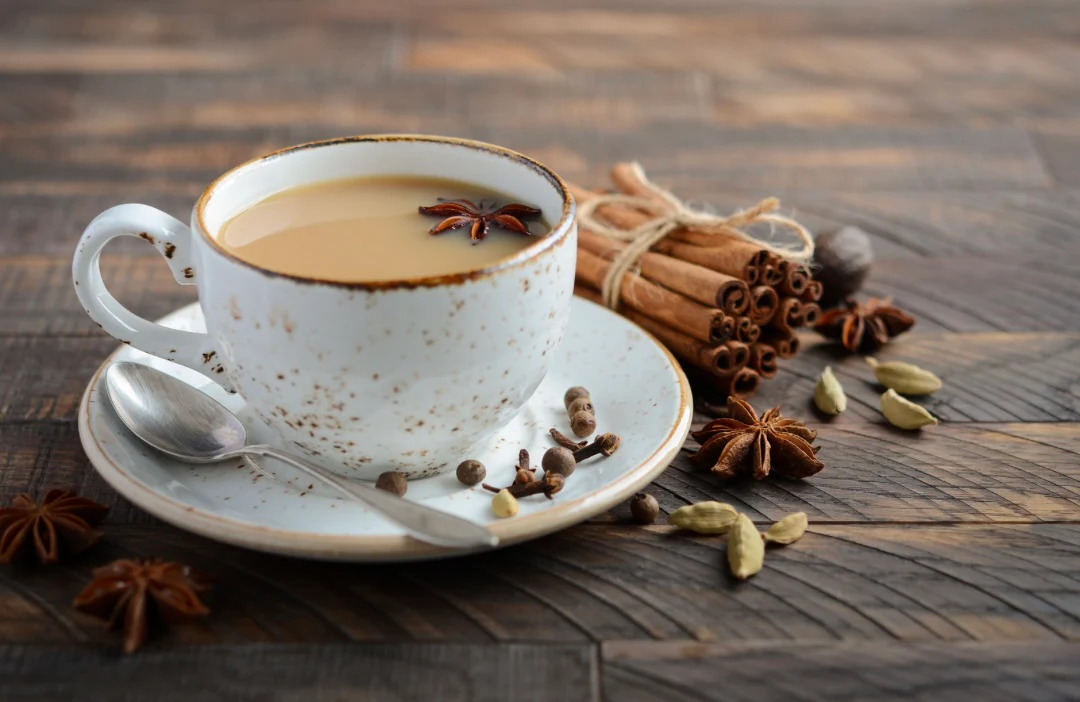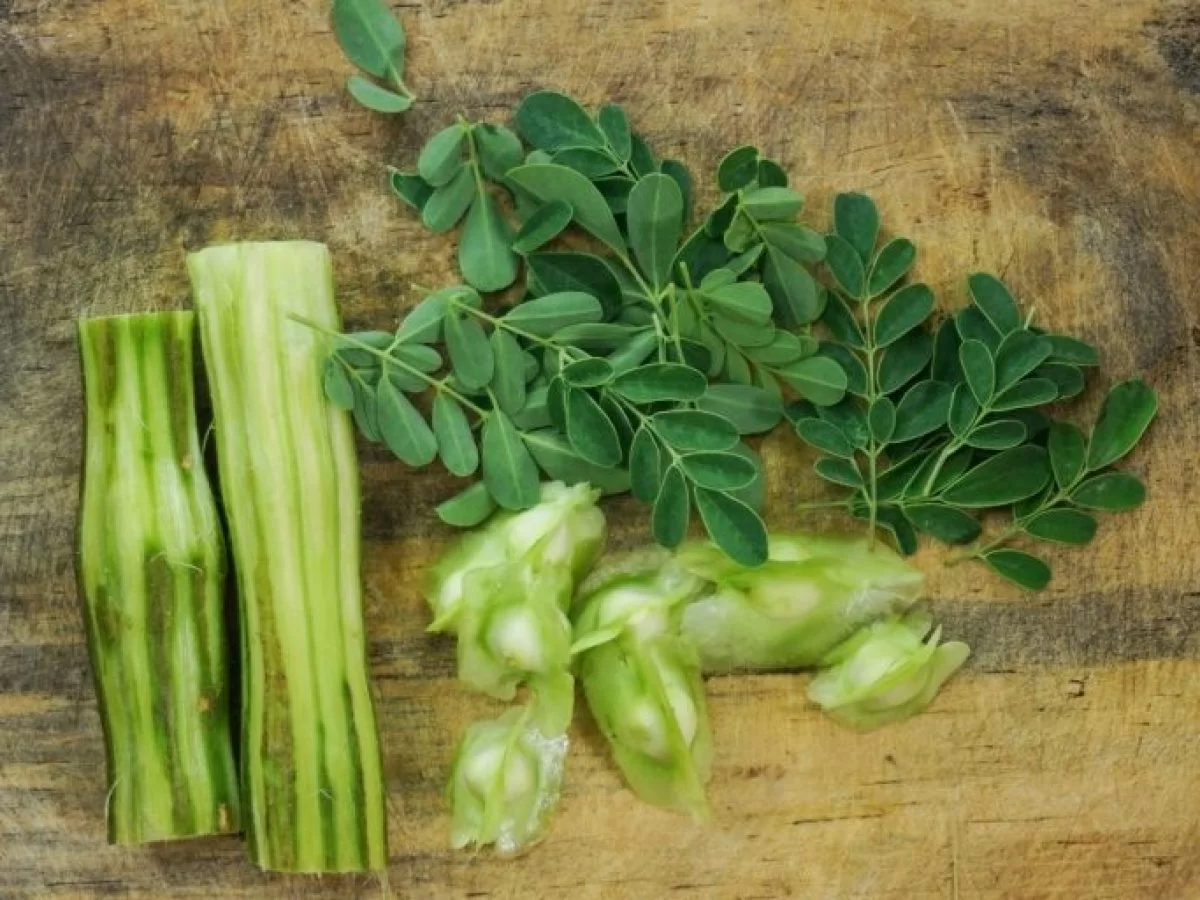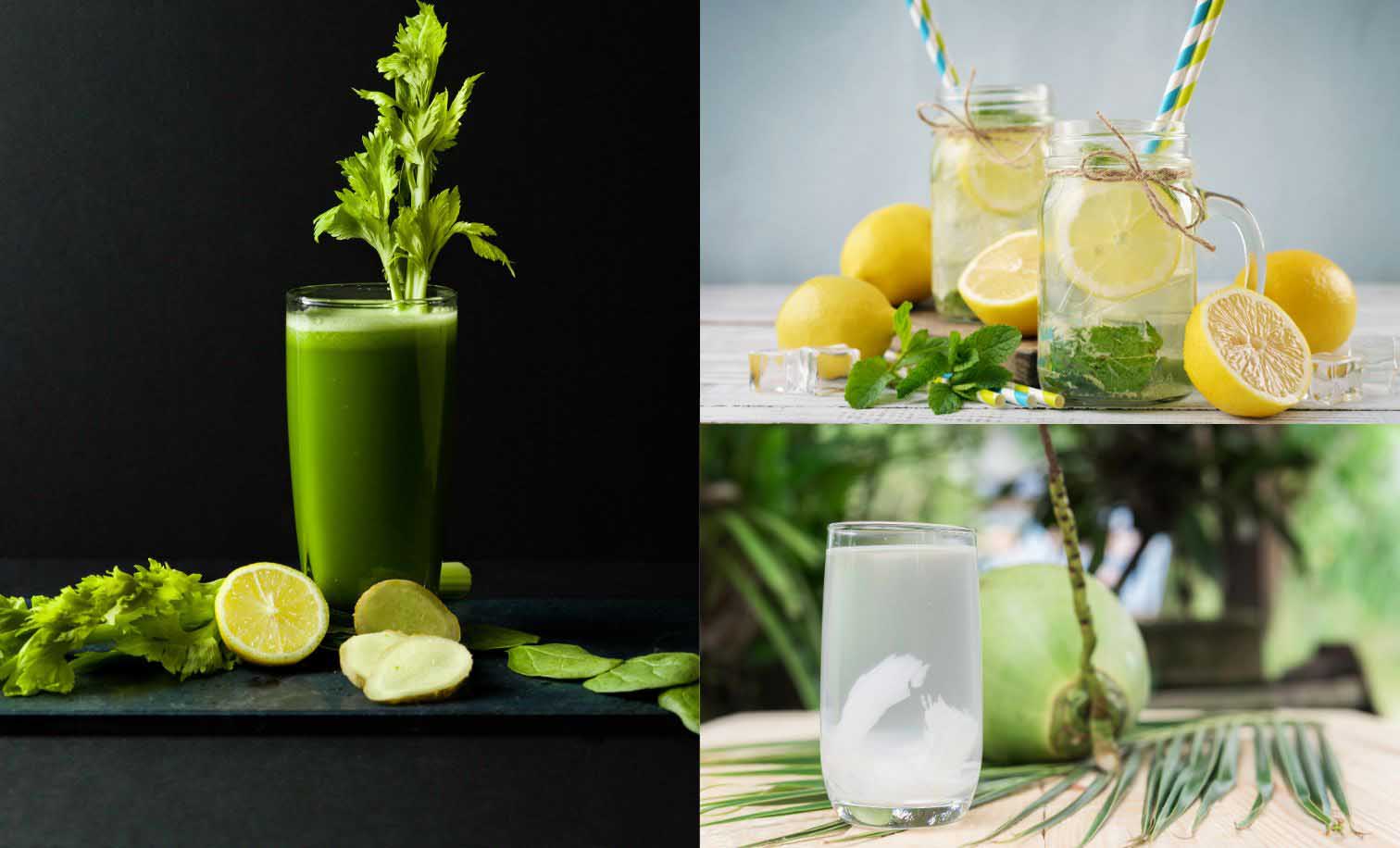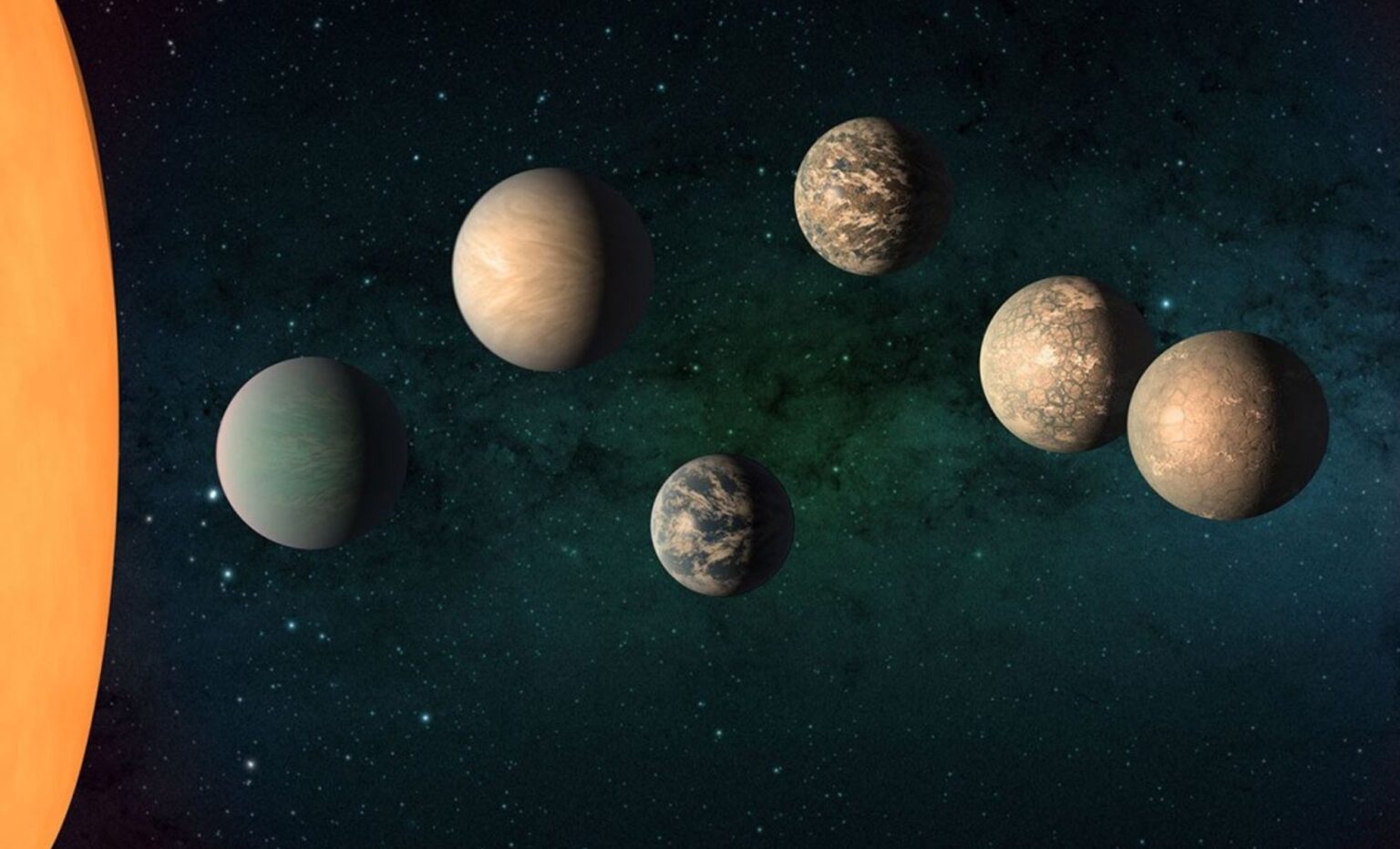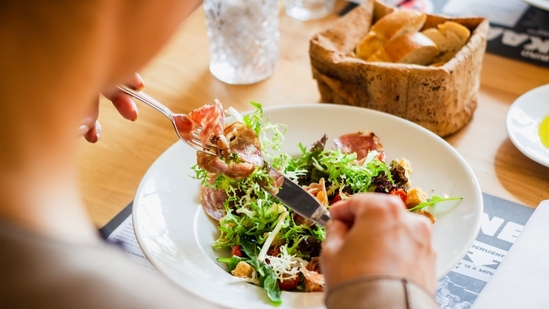Did you know that “Chicken Tikka Masala" is not of Indian origin?
- ByAnup Dey
- 31 Dec, 2024
- 0 Comments
- 2
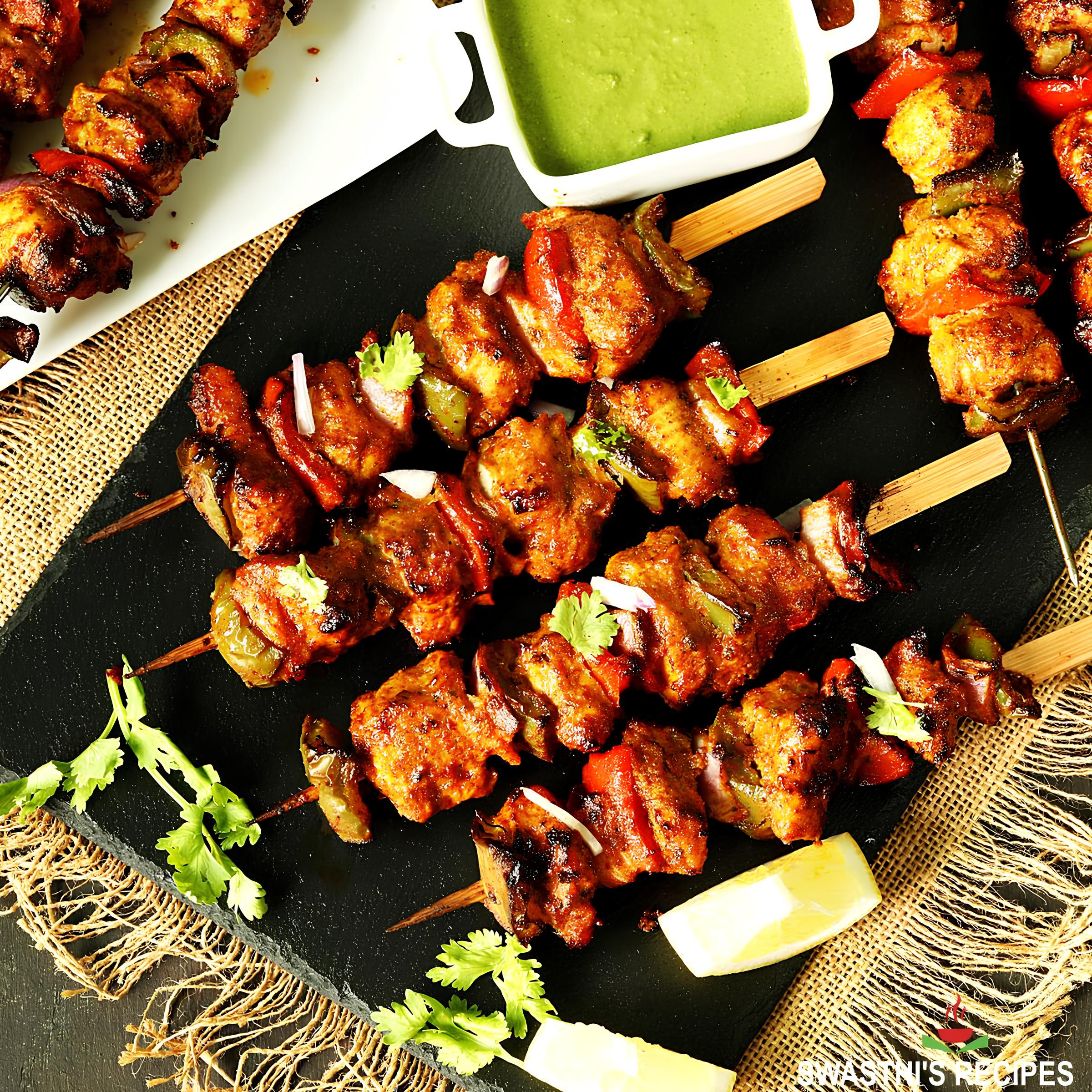
Indian cuisine is a testament to the country's rich cultural and historical tapestry, intertwining art and science. At its core lies the ancient philosophy of rasas (tastes) and doshas (body constitutions), emphasizing balance and harmony for health. Food in India has traditionally been about aligning these six tastes—sweet (madhura), salty (lavana), sour (amala), pungent (katu), bitter (tikta), and astringent (kasya)—to create culinary masterpieces that nourish both body and soul.
However, many dishes considered quintessentially Indian have fascinating international origins. For instance, Gulab Jamun—often associated with Indian celebrations—traces its roots to the Mediterranean, where it was known as Luqmat al Qadi. Similarly, samosas originated as sambosas in the Middle East, arriving in India around the 13th or 14th century. Even the humble dal chawal (lentils and rice) is said to have Nepalese origins, while rajma (kidney beans) hails from Mexico.
Other staples of Indian cuisine, such as tomatoes, potatoes, chillies, and even sugar, were introduced to the subcontinent in the 16th and 17th centuries through trade. The British popularized coffee, which was previously unknown in India. Iconic dishes like Chicken Tikka Masala, surprisingly, were invented abroad—in Scotland!
India's culinary diversity is unparalleled. It boasts unique ingredients like bhot jolokia, one of the hottest chillies globally, cultivated in the North East, and black rice, a rare grain found only in India and China. The country remains the world’s largest producer of spices, solidifying its status as a global flavor powerhouse.
Historical evidence shows that organized kitchens existed as far back as the Indus Valley Civilization, 4,000 years ago. These kitchens featured brick hearths and drains, reflecting a sophisticated approach to cooking and hygiene. The earliest traces of modern Indian cuisine date back 3,000 years, with charred grains and husk impressions unearthed in Lothal, Gujarat.
While many iconic dishes and ingredients have foreign origins, India’s genius lies in how it has adapted, refined, and infused them with its unique cultural essence, creating a delightful culinary tradition that continues to captivate the world.
Post a comment
Can Breast Cancer Come Back?
- 08 Apr, 2025
- 2
Why Your Meat Diet Isn’t Saving You From B12 Deficiency!
- 25 Apr, 2025
- 2
Why Chai is the Perfect Drink for a Healthier, Happier...
- 29 Mar, 2025
- 2
Moringa: The superfood you didn't know you needed!
- 05 May, 2025
- 2
IIT Bombay Develops Needle-Free Shock Syringe for Pain-Free and Safer...
- 27 Dec, 2024
- 2
Categories
Recent News
Daily Newsletter
Get all the top stories from Blogs to keep track.










